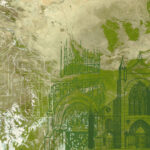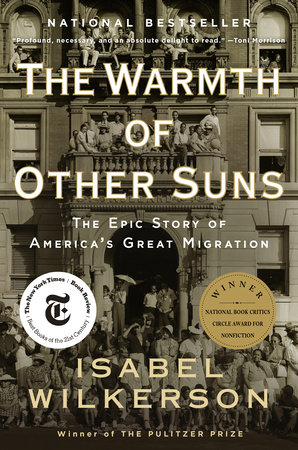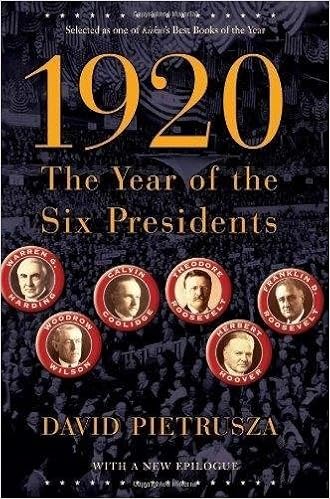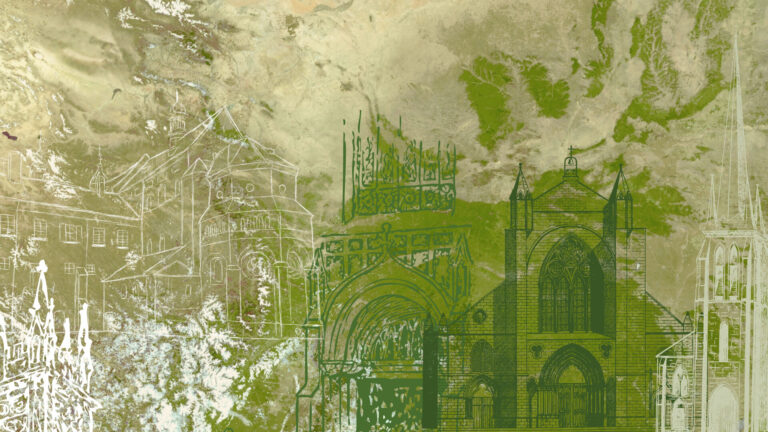Without a daily commute, some of us in quarantine may find a little extra time on our hands. For reflection and encouragement, reading about other people in history during moments of crisis or achievement is a good exercise. Marvin Olasky has a list of 40 book recommendations for you to peruse. Here, as well, are seven of my favorite historical non-fiction reads.
1. The Splendid and the Vile: A Saga of Churchill, Family, and Defiance During the Blitz
by Erik Larson
When Erik Larson writes a book, I read it. Few authors do as good a job as Larson at creating tension and capturing the essence of vibrant characters from history, in the moments where they are tested and tried. This book is a bit longer than it could be, but it’s still heads and shoulders over most other historical non-fiction works.
Here we encounter Winston Churchill and his family, as well as other British leaders, during the Blitz. How did life go on with constant night bombings? How did citizens respond? What was life like during a season of impending doom and growing dread? Transport yourself back in time to see the human side of leaders during England’s unprecedented crisis.
2. In the Kingdom of Ice: The Grand and Terrible Polar Voyage of the USS Jeannette
by Hampton Sides
If you’re looking to lose yourself in a gripping but largely forgotten moment in U.S. history and exploration, then read In the Kingdom of Ice where Hampton Sides recounts history and biography in a way that focuses on the overarching narrative without losing sight of the human drama on display.
Sides tells the story of explorer George Washington De Long’s attempt to navigate through a wall of ice in hopes of discovering the open polar sea at the top of the world. The journey is told with attention to the details left by surviving crew members, the diaries of De Long, and the scientific theories at their disposal at the time. “Grand” and “terrible” are great adjectives for this adventurous voyage.
3. The Warmth of Other Suns: The Epic Story of America’s Great Migration
by Isabel Wilkerson
Wilkerson’s book tells the story of the “Great Migration”—where a steady stream of 6 million African Americans during the Jim Crow era of the 1920s until the 1970s left their homes in the South and settled in the North, East, and West.
Wilkerson personalizes the history, interweaving the lives of three individuals into the larger narrative, painting a stunning portrait of life in the Jim Crow era where segregation was forced and the sharecropping system kept African Americans in perpetual bondage. An optimistic tragedy, this book reveals the inner fortitude and determination of the hard-working migrants and the circumstances that forced them from their homeland.
4. End of Days: The Assassination of John F. Kennedy
by James Swanson
I’m a fan of James Swanson because of how he can recount history in a way that is so fast-paced and narrative-focused that you feel like you are in the scene. Swanson doesn’t delve into conspiracy theories like others—there’s no need to add that kind of drama to this story. The account is a nail biter as it stands.
Swanson slows down the scene in all the right places, so that the reader sees the event from various angles, hears from the witnesses, and enters the minds of the victims and Kennedy’s killer. Even though you know the outcome, you can’t help but hope against hope as Swanson navigates you through the events in Dallas half a century ago.
5. 1920: The Year of the Six Presidents
by David Pietrusza
I was skeptical about this book, wondering how one year could be interesting enough to merit so much attention. I was wrong. Six once-and-future presidents—Wilson, Harding, Coolidge, Hoover, and Teddy and Franklin Roosevelt—jockeyed for the White House in the 1920 election, thus, shaping modern America.
1920 paints a vivid portrait of America, beset by the Red Scare, Prohibition, bomb-throwing terrorists, and the Klan. Women won the vote. Republicans outspent Democrats by 4 to 1, as the media and modern campaign advertising became new players on the field. Automobiles, mass production, chain stores, and easy credit transformed the economy. Many factors thus contributed to the chaotic 1920 election, resulting in a victory for Warren Harding, one of the worst presidents in American history.
6. Destiny of the Republic: A Tale of Madness, Medicine and the Murder of a President
by Candice Millard
Remember our 20th president? Chances are, you probably don’t, which is why this book is so informative (and fascinating!). James A. Garfield rose above the circumstances of his upbringing to become the president after being nominated against his will. Four months into his presidency, a deranged man stalked Garfield for weeks and then shot him in the back. Amazingly enough, it wasn’t the shot that killed Garfield, but a group of physicians who botched Garfield’s treatment by dismissing powerful new evidence regarding the need for sterilization before surgery. A lunatic shot Garfield. But medical lunacy killed him.
Candice Millard’s account of this turbulent time is one of the best popular history books I’ve ever read. Not only did I finish it feeling like I knew James Garfield, I also enjoyed the thrilling pace of the plot development as we watch a still-fractured country unite around their wounded commander-in-chief.
7. The Boys in the Boat: Nine Americans and Their Epic Quest for Gold at the 1936 Berlin Olympics
by Daniel James Brown
I thoroughly enjoyed this book about the difficult childhood of Joe Rantz and his grit and determination to make it to the 1936 Olympics with eight other men on a rowing team. Brown adds drama to the account by switching back and forth between the Americans’ journey to Berlin and Germany’s strategy for using the Olympics as cover for their increasingly violent measures of silencing dissent.
























